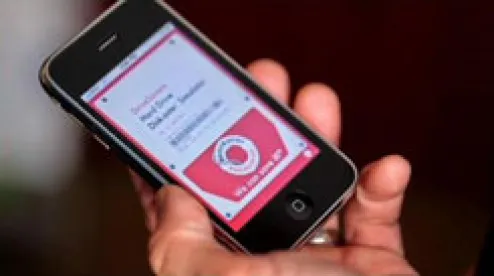Addressing the issue of direct infringement in the context of a system claim, the US Court of Appeals for the Federal Circuit reversed the district court’s denial of Motorola’s motion for judgment as a matter of law, which challenged the jury’s finding of infringement of the system claim at issue, concluding that the patentee had failed to establish “use” of the claimed invention. Intellectual Ventures LLC v. Motorola Mobility LLC, Case No. 16-1795 (Fed. Cir., Sept. 13, 2017) (Dyk, J) (Newman, J, concurring in part and dissenting in part).
Intellectual Ventures (IV) brought suit against Motorola alleging infringement of two patents, one relating to file transfers and the other to mobile device docking. Over the course of three jury trials, including one mistrial, the juries found the asserted claims to be infringed and not invalid. Motorola then moved for judgment as a matter of law, challenging the jury verdicts concerning infringement and no invalidity.
With respect to the issue of infringement, Motorola disputed the juries’ finding of direct infringement (35 USC § 271(a)) of one of the asserted claims by Motorola and its customers. The parties treated the claim at issue as a system claim with limitations directed to three components: a “communications device,” a “second device” and an “authenticating device configured to . . . generate a delivery report.” Motorola argued that IV failed to offer evidence of a directly infringing “use” of the claimed system because none of the accused direct infringers “used” the “authenticating device” component of the system. After the district court denied Motorola’s motions, Motorola appealed.
On appeal, the Federal Circuit analyzed the applicable standard for direct infringement of system claims by reviewing its previous decisions in Centillion Data Sys. v. Quest (2011) (IP Update, Vol. 14, No. 2) and NTP v. RIM (2005) (IP Update, Vol. 8, No. 8). The Federal Circuit concluded that those decisions together stood for the proposition that in order to prove an infringing “use” of a system under § 271(a), a patentee must demonstrate use (i.e., “control” and “benefit”) of the claimed system by an accused direct infringer. Further, the Court held that “to use a system, a person must control (even if indirectly) and benefit from each claimed component.” The direct or indirect control required “is the ability to place the system as a whole into service.”
Using the Centillion/NTP framework, the Federal Circuit considered whether, under the facts of the case, substantial evidence showed that Motorola’s customers obtained a “benefit” from the authentication device configured to generate a delivery report in the accused phones. IV provided expert testimony in an attempt to show that Motorola customers could receive and display confirmation of a sent message on their Motorola phones. However, its expert conceded that all but one of the Multimedia Messaging Service Centers were technologically incapable of transmitting delivery reports to the sending phone. For the one carrier that could transmit delivery reports to the sending phone, the evidence demonstrated that unless a customer affirmatively took steps to alter the device configuration of his or her phone, the benefit of a delivery report could not be realized. IV also asserted theories of indirect benefit, but the Court dismissed them as “speculation or attorney argument.” Thus, with no evidence pointing to a benefit of the authenticating device for Motorola customers, the Court held that judgment as a matter of law should have been granted that Motorola’s customers did not directly infringe the system claim at issue.
The Federal Circuit also found that IV never presented a factual predicate for direct infringement liability against Motorola itself, and concluded that Motorola could not properly be found to have directly infringed the system claim. Finally, because a finding of direct infringement is a predicate to any finding of indirect infringement, none of the juries’ verdicts concerning infringement were supported by substantial evidence.
Judge Newman concurred with the Court’s holding of non-infringement but dissented with respect to the issues of validity.



 />i
/>i
